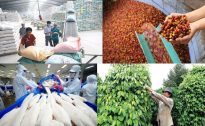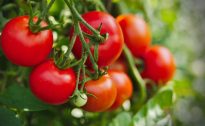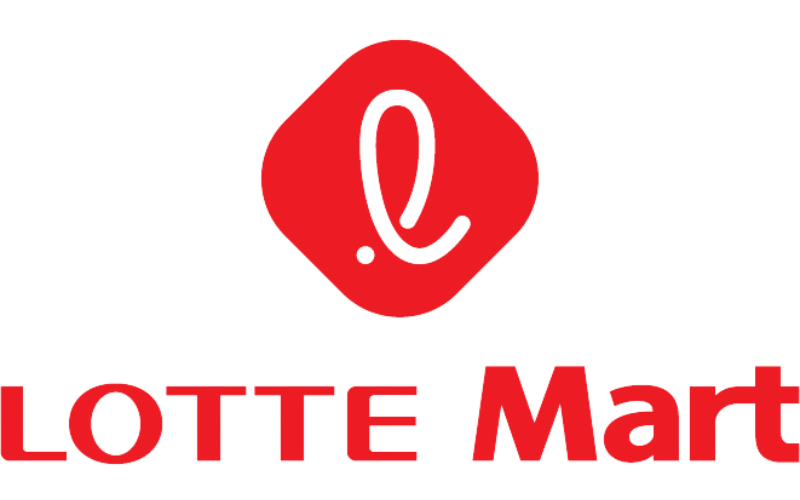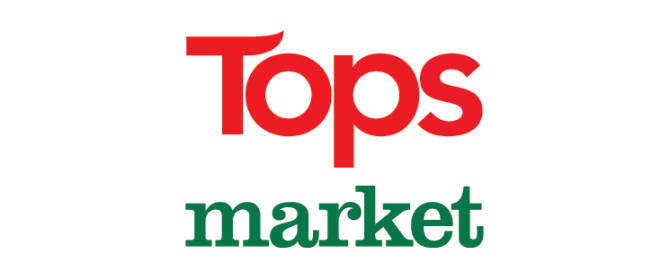
EXPORTING AGRICULTURAL PRODUCTS TO CHINA: QUICKLY SHIFT FROM UNOFFICIAL QUOTA TO OFFICICAL QUOTA IS NEEDED
15/02/2023“More than 90% of Chinese watermelons imported originate from Vietnam.
However, because the Protocol has not been signed, the export value of this fruit product is not commensurate with its potential,” said Mr. To Ngoc Son – Deputy Director of the Asia-Africa Market Department (Ministry of Industry and Trade). – shared at the Conference to promote trade in agricultural and aquatic products between Vietnam and China in the new context by the Ministry of Agriculture and Rural Development in coordination with the People’s Committee of Lang Son province. Which held on the morning of February 14 in directly and online forms.
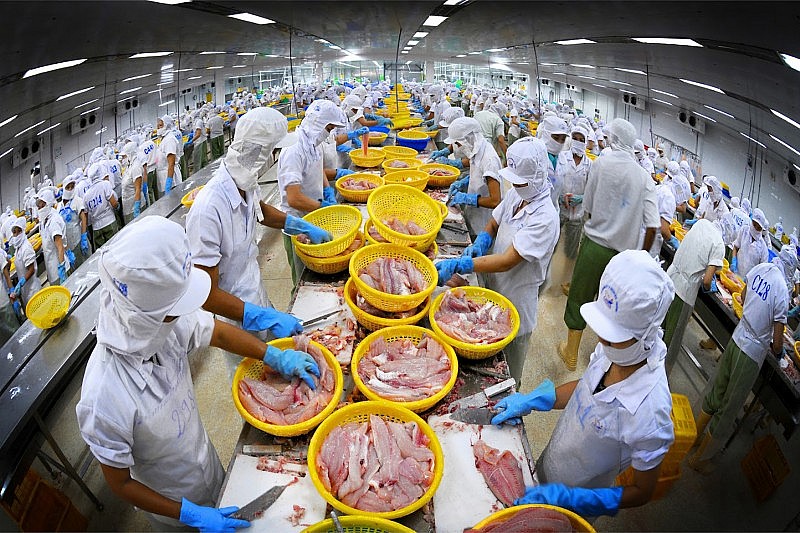
Currently, China is the largest export market for Vietnamese fruits, accounting for 45.38%. Of which, lychee accounts for 90% of exports abroad, dragon fruit accounts for more than 80%.
Over the past years, China has perfected its legal system, passed two amendments to the Food Safety Law, and issued Orders 248 and 249 in 2021 and Order 259 in 2022.
At the same time, China has continuously strengthened law enforcement as it advocates bringing commercial activities into regularity and order and strengthening supervision and strict implementation of regulations. “Not only increasing export value, we need to aim for sustainable exports, and find ways to retain this important partner,” said the leader of the Asia-Africa Market Department.
Also according to Mr. To Ngoc Son, in economic relations with China, economic cooperation relations with Guangxi province, which accounts for 95% of border trade turnover between Vietnam and China. Therefore, Mr. To Ngoc Son believes that it is necessary to strengthen policy implementation with this province in particular. At the same time, it is necessary to promote exports from unofficial channels to official channels.
Lang Son currently maintains customs clearance of goods at 5 border gates including: Huu Nghi, Tan Thanh, Chi Ma, Coc Nam, Dong Dang Station, Mr. Ho Tien Thieu – Chairman of Lang Son Provincial People’s Committee – shared, from September 8. January 2023, along with the adjustment of China’s epidemic prevention and control measures, traditional immigration and import-export activities at some border gates have gradually been restored. The number of vehicles cleared for import and export in January 2023 will reach about 1,000 vehicles/day; Import-export turnover through the province in January 2023 increased by 108.3% over the same period last year.
In particular, Vietnam’s agricultural products and fruit exports to the Chinese market account for about 80% of the total value of export turnover through Lang Son province.
However, the export situation still faces some problems such as: The number of tropical fruit products exported by Vietnam is still limited compared to production potential; Some types of Vietnamese agricultural and aquatic products are facing fierce competition in terms of quality, price, brand, and distribution form from other countries with similar sources of supply.
On the other hand, the work of building and registering trademarks in China for Vietnamese agricultural and aquatic products has not been as effective as expected. The form of distribution of Vietnamese agricultural and aquatic products in the Chinese market is still mainly through traditional trade channels, not taking advantage of and promoting e-commerce channels.
In addition, infrastructure difficulties in border gate areas, logistics services in general and Lang Son in particular are still limited and do not meet development requirements. Some regulations on goods delivery methods with China such as trailer coupling, Covid-19 testing… also affect customs clearance capacity and costs.
Therefore, along with recommending that the Government pay attention to directing and focusing on synchronous investment in border infrastructure, Mr. Ho Tien Thieu also proposed that the Ministry of Industry and Trade and the Ministry of Agriculture and Rural Development increase exchanges and negotiations. negotiate with the General Department of Customs of China, soon sign the Protocol on plant quarantine for the remaining fruits to reduce inspection and control procedures at border gates; Expand the list of Vietnamese fruit and agricultural products allowed to be exported to China.
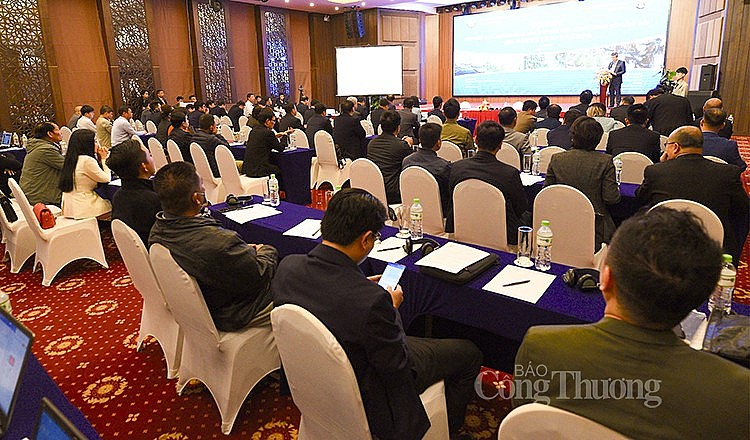
The Department of Processing Quality and Market Development (Ministry of Agriculture and Rural Development) said that the two countries need to complete the technical infrastructure to ensure the quarantine of agricultural products at Dong Dang – Bang railway station. Lao Cai – Ha Khau railway station and wall. At the same time, strengthen cooperation and investment in cold storage and agricultural product storage in areas on both sides of each country’s border.
To promote the export of agricultural and aquatic products to this billion-people market, Mr. To Ngoc Son recommends that localities and management agencies should build industry development strategies and brand building in parallel with regional building. production, concentrated, large-scale specialized farming areas based on market signals.
For businesses, it is necessary to regularly update and comply with regulations on quality standards, testing, quarantine, packaging, and traceability of the Chinese market. Along with that, businesses must focus on building brands, protecting brands and carefully researching market needs and development trends.
Businesses need to build a team of employees who are fluent in the market and language, take advantage of the Vietnam-China intermodal rail transport route and promote market exploitation through e-commerce.
“Vietnam has a geographical advantage near China and needs to promote maximum exploitation of this.” From January 19, 2023, Kep station, Lang Giang district, Bac Giang has been temporarily allowed by the Ministry of Transport to operate international intermodal operations. This is expected to reduce the load on Gia Lam station, as well as help Vietnamese agricultural products penetrate deeper into the Chinese market,” Mr. To Ngoc Son added.
China is an important import market for Vietnamese agricultural and aquatic products. Catching up and adapting to the Chinese market will help Vietnamese agricultural and aquatic products not only retain this important partner but also gain a foothold in the Chinese market.





